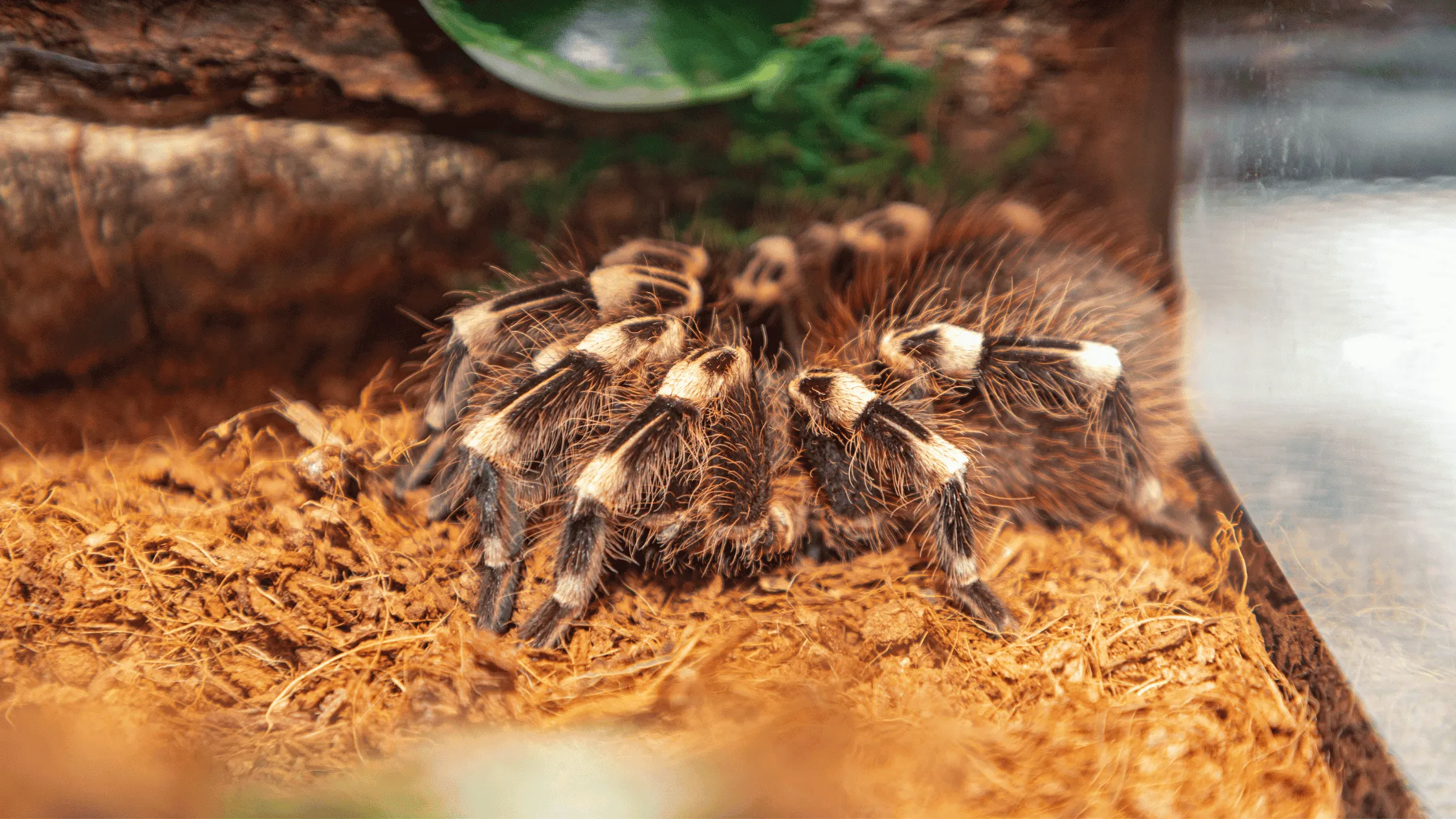What are Tarantulas?
Tarantulas are large, hairy spiders belonging to the Theraphosidae family. These fascinating creatures are found in various habitats around the world, primarily in tropical and subtropical regions. Their impressive size, ranging from a few inches to over a foot in leg span, makes them a captivating subject for both admiration and, for some, apprehension. These spiders are known for their relatively docile nature, making them popular pets for those seeking an unusual companion. Understanding the basic biology and characteristics of tarantulas is the first step toward appreciating these amazing arachnids.
Tarantula Habitats
Tarantulas thrive in diverse habitats, from the rainforests of South America to the deserts of the southwestern United States. Depending on the species, they can be found in burrows, under rocks, in trees, or even within the walls of human structures. Their habitat preferences are crucial for their survival, with factors like humidity, temperature, and access to prey playing significant roles. When kept as pets, replicating their natural habitat is essential for their health and well-being. Providing appropriate substrate, hiding places, and maintaining the correct temperature and humidity levels are key to creating a comfortable environment for your tarantula.
Different Types of Tarantulas
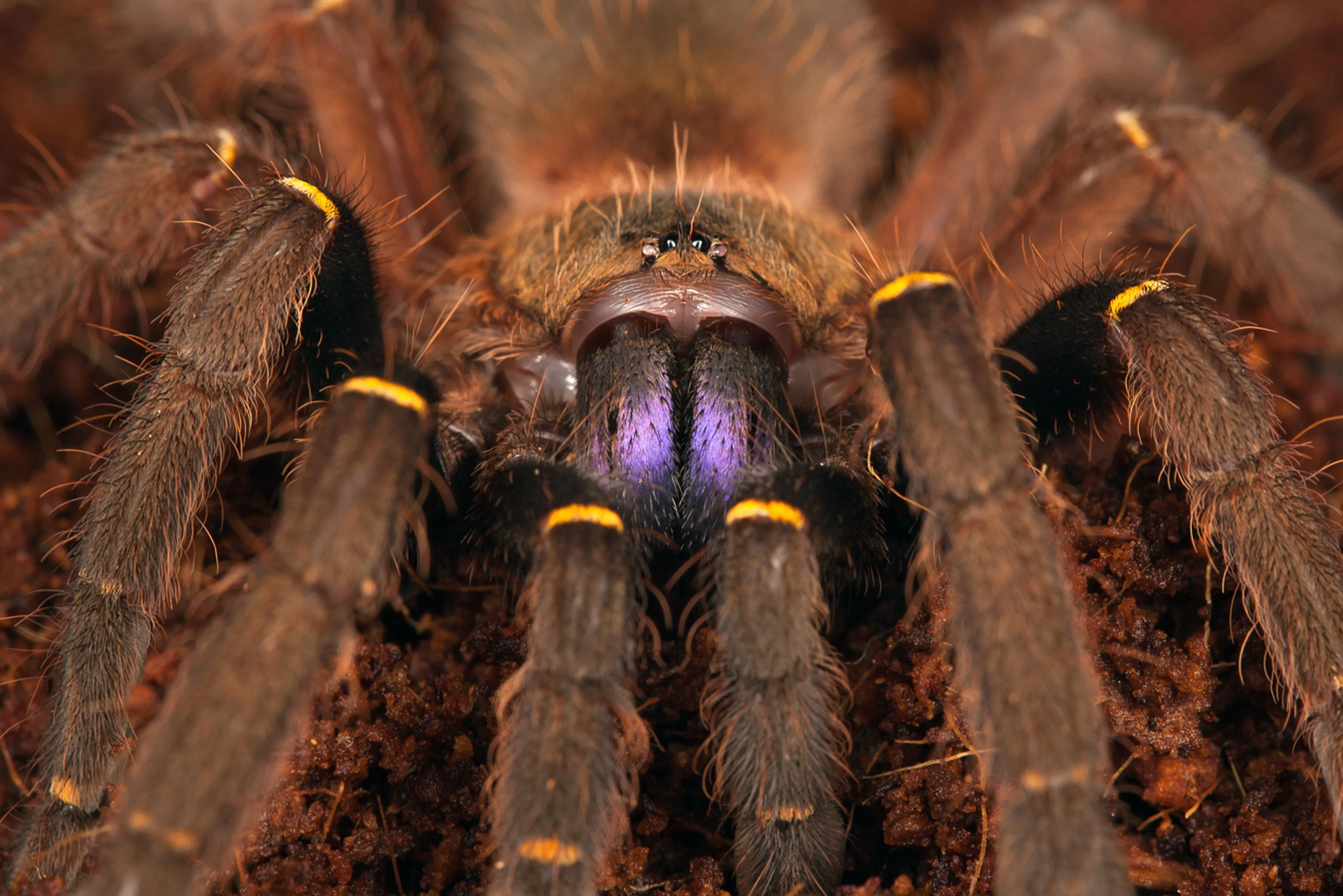
The world of tarantulas is incredibly diverse, with hundreds of different species, each displaying unique characteristics. Some popular pet tarantula species include the Mexican Red Knee, known for its striking orange and black markings; the Chilean Rose, appreciated for its calm temperament and beautiful coloration; and the Gooty Sapphire Ornamental, which is a more advanced species due to their defensive behavior and needs. Each species has specific care requirements, including habitat needs, feeding preferences, and temperament traits. Researching the specific species before acquiring a tarantula is vital to ensure you can provide the appropriate care and meet its needs.
Tarantula Appearance
Tarantulas are easily recognized by their large size, hairy bodies, and eight legs. Their appearance varies significantly depending on the species, with colors ranging from vibrant reds, oranges, and blues to more subdued browns and blacks. Their bodies are divided into two main parts cephalothorax and abdomen. The cephalothorax contains the spider’s eyes, mouthparts, and legs, while the abdomen houses the internal organs. Some tarantulas have urticating hairs, which they can flick off their abdomens as a defense mechanism. These hairs can cause skin irritation and should be handled with care. Examining their appearance is an interesting way to learn more about their unique biology.
Tarantula Behavior
Tarantulas exhibit a variety of interesting behaviors. They are generally nocturnal hunters, spending most of the day in their burrows or hiding places and emerging at night to hunt for prey. Their behaviors can vary depending on the species and individual personality. Some tarantulas are more docile, while others may be more defensive. Tarantulas also molt, shedding their exoskeletons as they grow. This process can take several weeks, and during this time, the tarantula is vulnerable. Observing their behavior can provide valuable insights into their well-being and help you understand their needs. Understanding their behavior is key to safely interacting with your pet.
Tarantula Diet
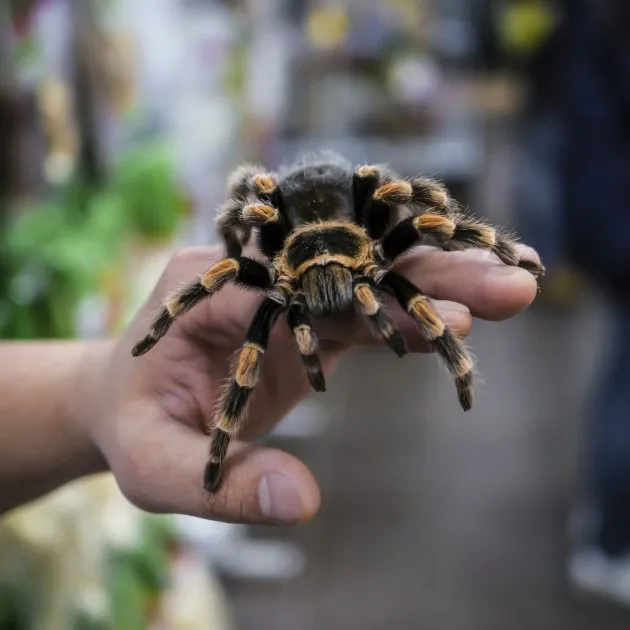
Tarantulas are primarily carnivores, feeding on a variety of insects and small animals. Their diet consists mainly of crickets, mealworms, roaches, and other invertebrates, although larger species may occasionally consume small lizards or mice. The nutritional needs of a tarantula can vary depending on its age and species. Proper feeding practices are essential for their health. Overfeeding can lead to obesity and health problems, while underfeeding can result in stunted growth and other complications. Providing a balanced diet and monitoring the tarantula’s eating habits are key to ensuring it thrives.
What do Tarantulas Eat?
The diet of a pet tarantula often consists of insects, such as crickets, mealworms, and roaches, which are commonly available at pet stores. The size of the prey should be appropriate for the tarantula’s size, with young tarantulas eating smaller insects and adults eating larger ones. Avoid feeding them wild-caught insects, as they could carry parasites or pesticides. It’s important to ensure that the insects are gut-loaded with nutritious food prior to feeding them to the tarantula, as this improves the nutritional value of the prey.
How to feed a Tarantula?
Feeding frequency depends on the tarantula’s age and species. Young tarantulas may need to be fed several times a week, while adults can be fed once or twice a week. It’s essential to observe the tarantula’s feeding habits. If it’s not eating, it could be an indicator that it’s about to molt, or that there is something else off with its health. Remove uneaten food within 24 hours to prevent the buildup of mold and mites in the enclosure. Providing fresh water is also essential, typically using a shallow water dish or a piece of water-soaked cotton.
Tarantula Lifespan
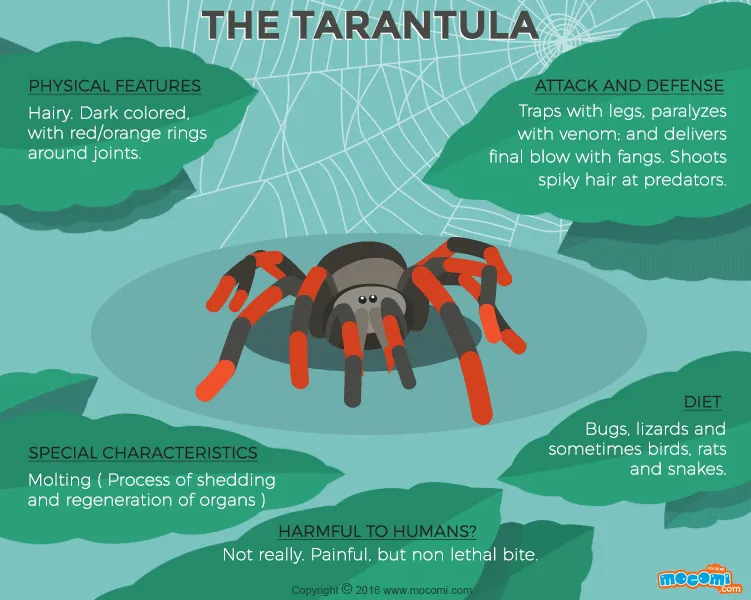
The lifespan of a tarantula can vary significantly depending on the species, but some species can live for several years, with females generally living longer than males. Female tarantulas can live for over 20 years in some cases, while males typically live for only a few years after reaching maturity. Providing the correct care and maintaining a stable environment will help ensure your tarantula lives a long and healthy life. Their longevity makes them a long-term commitment, which is a key consideration for potential owners.
How long do Tarantulas live?
As mentioned, the lifespan of a tarantula varies by species and sex. Female tarantulas tend to have longer lifespans compared to males, often living for 15-25 years. Male tarantulas typically mature in a few years and their lifespan is usually around 5-10 years. Factors such as proper care, diet, and a stress-free environment also influence their lifespan. Larger tarantula species tend to have longer lifespans compared to smaller ones, offering years of enjoyment for dedicated owners.
Tarantula Health
Maintaining the health of a pet tarantula involves providing a suitable environment, proper diet, and regular observation. Monitoring the tarantula’s behavior and appearance can help you identify any potential health issues early on. It is important to maintain the correct humidity and temperature levels for the species, and to ensure that their enclosure is kept clean to prevent disease. Regular observation can help detect issues like loss of appetite, lethargy, or changes in appearance, such as unusual discoloration or signs of parasites. Prompt action can prevent these issues from worsening.
Common Tarantula Diseases
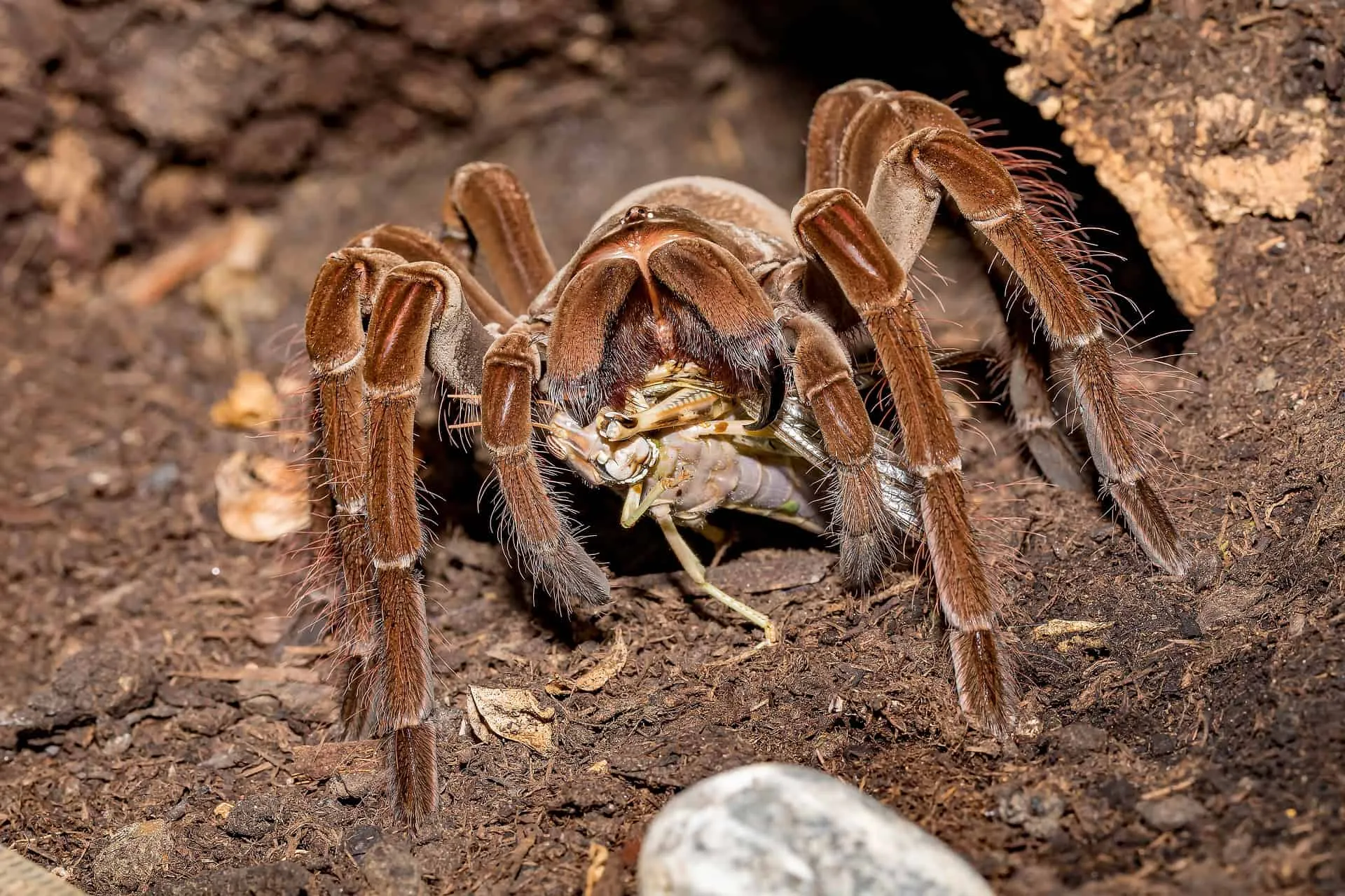
Tarantulas can be susceptible to certain diseases and parasites. Common issues include mites, fungal infections, and bacterial infections. Mites can infest the tarantula and its enclosure, leading to irritation and health problems. Fungal infections can occur in environments that are too humid or unsanitary. Bacterial infections can be caused by poor hygiene or injuries. If you suspect your tarantula is ill, it’s essential to consult with a veterinarian experienced with exotic animals. Recognizing symptoms of diseases early on can improve the chances of successful treatment.
Tarantula Handling
Handling a tarantula should be done with caution. While some species are relatively docile, others can be unpredictable. It is usually recommended to avoid handling a tarantula unless absolutely necessary, such as for a health check or cage maintenance. When handling, move slowly and gently, avoiding any sudden movements. If a tarantula feels threatened, it may flick urticating hairs or bite, so being mindful of their body language is crucial. Always wash your hands thoroughly before and after handling your pet tarantula to minimize the risk of transferring oils or chemicals, and to protect yourself from potential allergens.
Tarantula Safety Tips
Owning a tarantula comes with responsibilities, and safety is paramount. Always supervise children around tarantulas and educate them about the animal’s needs and potential dangers. Ensure the enclosure is secure and escape-proof to prevent the tarantula from getting loose. Know your species’ temperament. When handling, use tools like a soft brush to gently encourage movement. Have a basic first-aid kit available, in case of bites or exposure to urticating hairs. Research the specific species you own and understand its care requirements. Being knowledgeable about your pet tarantula is the first step towards keeping it, and yourself, safe.
